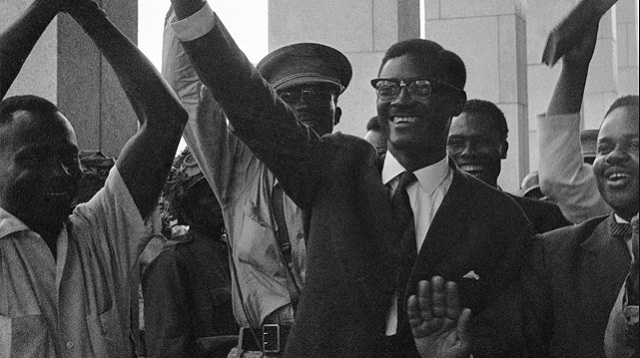
Kinshasa, DR Congo | AFP | Key dates in the post-independence history of the Democratic Republic of Congo:
– End of Belgian rule –
On June 30, 1960, the Belgian Congo becomes independent. Power is shared between Joseph Kasa-Vubu, the president, and his prime minister, Patrice Lumumba.
Rivalry between the two quickly plunges the country into chaos. On July 5, a mutiny breaks out in the army.
In 1961, Lumumba, a popular figure in the campaign for independence from Belgium, is assassinated. Colonel Joseph-Desire Mobutu plays a key role in his murder, in which some foreign powers are also implicated.
Several provinces, notably mineral-rich Katanga in the southeast, secede. A wave of violence unfurls, causing at least 500,000 deaths by 1965.
– Name change –
On November 24, 1965, Mobutu — now a general — stages a coup and imposes dictatorial rule. In 1971 he renames the country the Republic of Zaire and changes his own name to Mobutu Sese Seko.
Two years later, he establishes the nationalist ideology of “Zairianisation” that involves pushing out foreign economic powers and replacing them with national ones.
In 1976, the first known outbreak of Ebola virus is found in DR Congo. Since then, the country has been hit by several more epidemics, with the most recent outbreak declared on August 1.
In 1977-1978, Mobutu manages, with international help, to contain secession attempts by Katanga province, renaming it Shaba. French and Belgian soldiers parachute into Kolwezi to save hundreds of Europeans held by the Katangan rebels.
Mobutu’s dictatorship, which lasts more than three decades, keeps the country together but smothers all opposition and wrecks the economy.
– From Zaire to DR Congo –
On May 17, 1997 Mobutu is toppled by rebel Laurent-Desire Kabila after a six-month conflict — the First Congo War. Kabila, who was backed by Uganda and Rwanda, renames the country, calling it Democratic Republic of Congo (DRC).
In August 1998, the Second Congo War — sometimes also called the Great War of Africa — breaks out. A fresh rebellion in eastern Kivu descends into a regional conflict involving government forces supported by Angola, Namibia and Zimbabwe and rebels backed by Rwanda and Uganda.
The fighting lasts until 2003. The death toll, mainly from disease and starvation, is generally estimated to be in the millions, making it the world’s deadliest conflict since World War II. The highest estimate, since disputed, is 5.4 million.
– Deadly rebellions –
On January 16, 2001, Kabila is murdered by a bodyguard. Ten days later, his 29-year-old son takes over. In 2006, Kabila is elected president in the country’s first free elections since independence.
Five years on, he is re-elected in a vote marred by violence and fraud.
In May 2012, the M23 movement, a mainly ethnic Tutsi rebel group, begins an uprising in the Kivu region, which is eventually defeated by government forces at the end of 2013.
Then in September 2016, the central Kasai region descends into violence after a powerful local chieftain is killed by the security forces.
– Protests –
Political turbulence marks the final years of Kabila’s tenure. In 2015, demonstrators take to the streets over suggestions Kabila may seek to extend his term in office beyond December 2016. As the rallies turn violent, dozens are killed.
A political agreement allows Kabila to remain in power until elections in December 2017 but the date is then set back by a year. Several protests calling for him to step down are severely repressed.
On August 8 2018, Kabila finally ends speculation about his intentions by choosing hardliner loyalist and former interior minister Emmanuel Ramazani Shadary to run as his successor.
Elections finally go ahead on December 30, with opposition candidate Felix Tshisekedi named by election officials as the provisional winner on January 10, 2019.
The results are confirmed on Sunday, January 20 by the Constitutional Court, after it rejects a challenge by Fayulu.
 The Independent Uganda: You get the Truth we Pay the Price
The Independent Uganda: You get the Truth we Pay the Price



